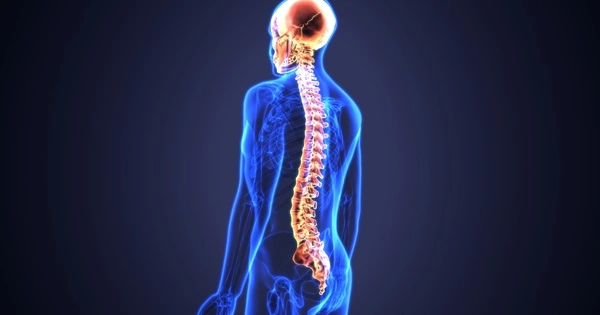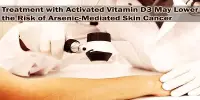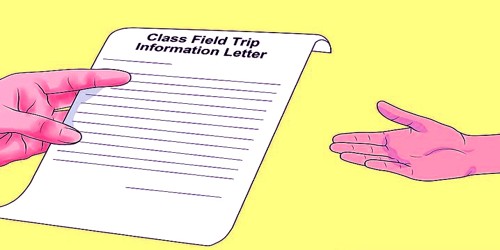Damage to the tight bundle of cells and nerves that sends and receives signals from the brain to and from the rest of the body is referred to as a spinal cord injury (SCI). Damage to the spinal cord causes changes in function that can be temporary or permanent. Symptoms include loss of muscle function, sensation, or autonomic function in parts of the body served by the spinal cord below the level of injury. Injury can occur at any level of the spinal cord and can be complete, resulting in complete loss of sensation and muscle function at lower sacral segments, or incomplete, implying that some nervous signals can travel past the injured area of the cord up to the Sacral S4-5 spinal segment.
Cause
SCI can be caused by either direct injury to the spinal cord or damage to the tissue and bones (vertebrae) that surround the spinal cord. This damage can cause temporary or permanent changes in sensation, movement, strength, and body functions below the site of injury. Some injuries that cause little or no cell death may allow for a near-complete recovery, whereas those that occur higher on the spinal cord and are more serious can cause paralysis throughout the body.
Symptoms range from numbness to paralysis, as well as bowel or bladder incontinence, depending on the location and severity of the damage. Long-term outcomes can range from full recovery to permanent tetraplegia (also known as quadriplegia) or paraplegia. Complications can include muscle atrophy, loss of voluntary motor control, spasticity, pressure sores, infections, and breathing problems.
The majority of the time, the damage is caused by physical trauma such as car accidents, gunshot wounds, falls, or sports injuries, but it can also be caused by nontraumatic causes such as infection, insufficient blood flow, or tumors. Approximately half of all injuries affect the cervical spine, while 15% affect the thoracic spine, the border between the thoracic and lumbar spine, and the lumbar spine alone. Symptoms and medical imaging are typically used to make a diagnosis.
Treatment
Immediate treatment at the accident scene includes placing the person on a backboard and wrapping a special collar around the person’s neck to prevent further spinal cord damage. At a trauma center, treatment may include spinal realignment and surgery to remove any bone fragments or other objects that may be pressing on the spinal column.
Rehabilitative care may include forced air breathing assistance, treatment for any respiratory or circulatory problems, pain medications, and learning new ways to address bladder and bowel problems. A rehabilitation team will assess the individual’s needs and design a rehabilitation program that combines physical and other therapies with skill-building activities, training, and counseling to aid recovery, provide social and emotional support, and improve independence and quality of life.
Prevention
Individual measures such as using safety equipment, societal measures such as safety regulations in sports and traffic, and equipment improvements are all part of the effort to prevent SCI. Treatment begins with limiting further spine motion and maintaining adequate blood pressure. Corticosteroids have not been proven to be effective. Other treatments range from bed rest to surgery, depending on the location and severity of the injury. Many spinal cord injuries necessitate long-term physical and occupational therapy, especially if they interfere with daily activities.
















